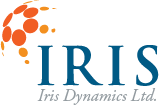- September 13, 2022
What is Force Feedback: Explained
To put it simply, force feedback is the simulation of real-world physical touch, while in a simulated environment such as virtual reality (VR), by way of motorized motion or resistance. Most people are familiar with force feedback through video game controllers, such as steering wheels or pedals, and other devices such as flight simulator joysticks. But the usefulness of the technology extends far beyond gaming.
Haptic feedback is similar to force feedback in that it provides feedback to users through the sense of touch. Haptic feedback can be as simple as the vibration of a mobile phone to the now emerging, fully-immersive bodysuits of sophisticated VR systems.
The major difference between Haptic feedback and Force feedback is that haptic feedback generally uses very small forces or ques (such as vibration), that are mostly only felt through nerves in the skins surface. Force feedback can accomplish this as well as generate sufficient force so you can also feel the effect through your muscles.
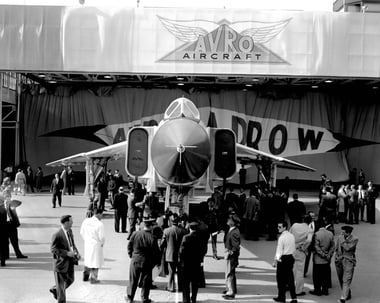 The Origins Of Force Feedback
The Origins Of Force Feedback
Force feedback originated out of technology developed in the 1950s for the CF-105 which was the first non-experimental aircraft equipped with a fly-by-wire system. This technology was developed to simulate the control pressure normally felt by the pilot in an aircraft where the controls are not mechanically linked to the control surfaces.
This technology ultimately became known in the aerospace and defense industries as control loading with the later term of force feedback becoming commonplace for other industries.
These technologies are used to increase the safety of almost all modern airliners, and a number of industrial, mining, robotic, and surgical applications by communicating critical information back to an operator, thus increasing situational awareness and ultimately safety.
In a training environment, force feedback improve the level of immersion and give greater realism and training value. Or, in the entertainment world, produce a more engaging entertainment experience.
How Does Force Feedback Work?
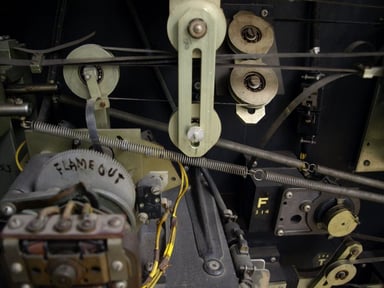 The vast majority of force feedback systems make use of active force feedback. This refers to devices that restrict the movement of the user by means of some mechanical input, such as an electric motor.
The vast majority of force feedback systems make use of active force feedback. This refers to devices that restrict the movement of the user by means of some mechanical input, such as an electric motor.
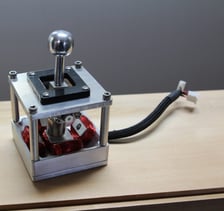 Traditional commercial solutions make use of high voltage servo motors usually coupled with high resolution load cells and a low backlash gear train to create fully closed loop systems. These systems are mechanically and electronically complex and usually require externally rack mounted controllers .
Traditional commercial solutions make use of high voltage servo motors usually coupled with high resolution load cells and a low backlash gear train to create fully closed loop systems. These systems are mechanically and electronically complex and usually require externally rack mounted controllers .
Iris Dynamics manufactures another, more advanced example of an active system is electromagnetic force feedback which actively interacts with the users’ motion by means of electromagnetic fields. These solutions remove the complexity found in legacy solutions and increase both resolution and reliability.
Where is Force Feedback Used?
Force feedback devices are used in many different industries and applications. Some of the key industries are listed here:
Force Feedback In Aerospace
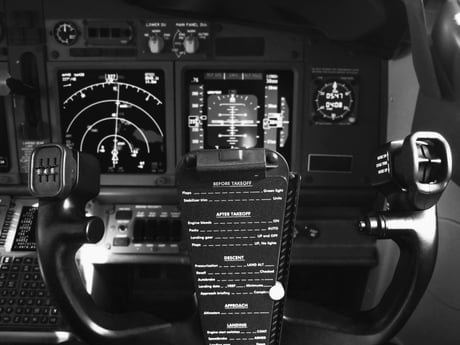 Modern airliners, transport, and military aircraft use control loading in their flight controls to provide the pilot with a sense of how much force they are applying to the control surfaces. This is most commonly used in fly by wire aircraft because the controls are not mechanically linked to the control surfaces.
Modern airliners, transport, and military aircraft use control loading in their flight controls to provide the pilot with a sense of how much force they are applying to the control surfaces. This is most commonly used in fly by wire aircraft because the controls are not mechanically linked to the control surfaces.
The physical systems that create and transmit this force feedback are known in the industry as control loading. Essentially the system takes inputs from the pilot and the aircraft (or simulator) and provides outputs back to the pilot and aircraft . Environmental forces experienced on the control surfaces are fed back to the pilot creating increased situational awareness.
This form of kinesthetic communication was in the past, been provided by mechanical linkages between the control surfaces and the controls.
Force Feedback In Physical Training
Force feedback systems are extremely valuable in training, as they provide a trainee with a highly accurate representation of real-life conditions. Some of the key industries that use this technology in their training programmes include:
- Medical – Can Simulate surgery in conjunction with VR. This is done by simulating the feel of cutting into tissue and drilling into bone. Force feedback is increasingly used for rehabilitation and brain injuries.
- Aerospace – Simulator training is critical in aviation. These systems allow pilots to learn in a safe controlled environment.
- Defense – The defense industry has many applications for force feedback including aircraft control, weapons systems training and ship control.
Gaming and Force Feedback
The gaming industry is constantly trying to improve the immersion of games. One of the methods of improving this immersion is through force feedback as listed below:
- Gaming controllers – Typical console controllers deliver feedback in the form of vibration.
- Steering Wheels – Top end steering wheels can simulate bumps in the road as well as the forces experienced when going around turns.
- Joysticks – Force feedback joysticks are used in both training as well as gaming, and simulate the forces experienced by an aircraft during aggressive maneuvering for example.
Robotics and Industrial Force Feedback Applications
Force feedback for robotics is a highly useful application of the technology. This is used primarily in robotic arms that are controlled by a human operator. It helps the operator judge if they are applying too much or too little force to the object via the gripper.
For example, imagine trying to pick up an egg with a powerful robotic arm. Without force feedback, you will almost certainly break the egg every time. These robot arms are used in medical, industrial and deep sea salvage applications.
Conclusion
As our everyday lives become more and more intertwined with the virtual world, there will become a greater need to add another sense to how we interact. We already have sight and sound, so the next logical step is touch. Despite various systems on the market that attempt to achieve the necessary high-fidelity feedback, the old servo motor control technology has reached its limits. New advanced technology is already replacing it and offers a much more natural and smooth interaction with the virtual space.
Sign up to receive our monthly newsletter updates like this today!
